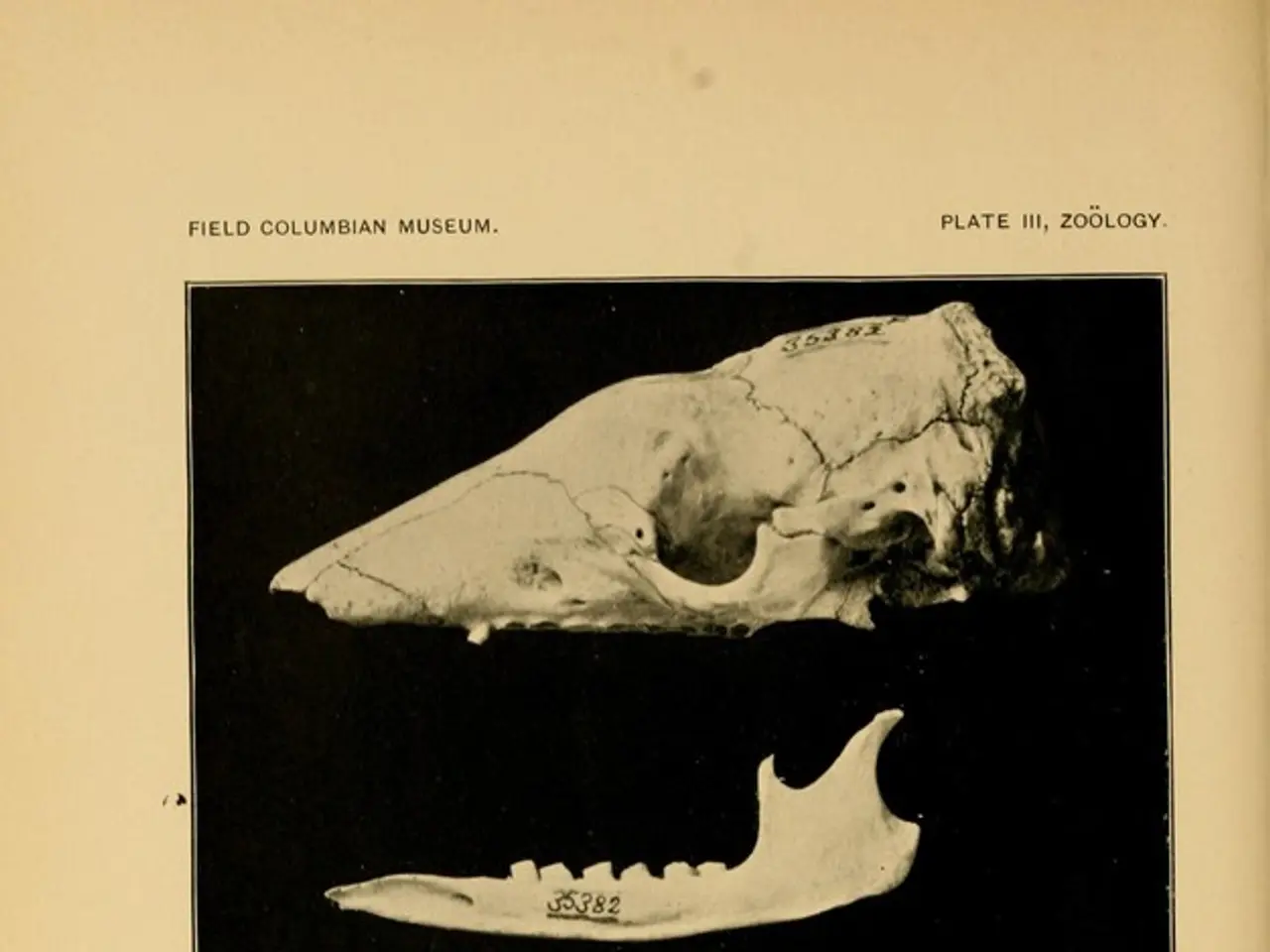Secondary Osteoporosis Explained: Differentiating Primary from Secondary Osteoporosis and Diagnostic Approaches
In the realm of bone health, a condition known as secondary osteoporosis often takes centre stage. This form of osteoporosis is not a result of the natural aging process, but rather a consequence of various systemic diseases, medications, or lifestyle factors that interfere with bone health.
Secondary osteoporosis can stem from a range of sources, primarily hormonal imbalances, chronic illnesses affecting bone metabolism, prolonged immobility, and the adverse effects of several medications. Examples of medications that may affect the endocrine system, immune system, and central nervous system, and thus contribute to secondary osteoporosis, include thyroid hormone, glucocorticoids, aromatase inhibitors, medroxyprogesterone acetate, gonadotropin-releasing hormone (GnRH) agonists, and hypogonadism-inducing agents.
Medications that affect the gastrointestinal tract, such as proton pump inhibitors, can also increase the risk of secondary osteoporosis. Certain medical conditions, such as hyperparathyroidism, hyperthyroidism, diabetes, inflammatory bowel disease (IBD), rheumatoid arthritis, lupus, celiac disease, chronic kidney disease, liver disease, ankylosing spondylitis, multiple myeloma, multiple sclerosis (MS), and anorexia nervosa, may also cause secondary osteoporosis.
Diagnosing secondary osteoporosis often involves tests such as blood tests, DEXA scans, or ultrasound scans. In cases of secondary osteoporosis due to certain medical conditions, simple screening procedures like testing for calcium levels and liver enzymes can help identify possible causes.
Treatment for secondary osteoporosis typically involves addressing the underlying medical cause, reducing medication dosages, vitamin D supplementation, testosterone replacement, treating glucocorticoid-induced osteoporosis, and engaging in weight-bearing exercise. In some cases, medications like bisphosphonates, PTH antagonists, or hormone replacement therapy may be prescribed.
People with osteoporosis often do not experience symptoms until they suffer a bone break from a fall or sudden impact. Older people with osteoporosis may develop a stooped posture due to bone fractures within the spine. Seemingly harmless activities, such as sneezing or coughing, can sometimes cause fractures in people with osteoporosis. Fractures in other parts of the body can occur due to the increasing fragility of bones in people with osteoporosis.
The most common injuries associated with osteoporosis are broken hips, broken wrists, and broken vertebrae. In patients with chronic kidney disease, osteoporosis can be worsened by factors such as secondary hyperparathyroidism, abnormalities in calcium, phosphorus, and vitamin D metabolism, as well as low bone turnover. Following central nervous system injuries, immobility is a major factor in osteoporosis development, with contributing medications including heparin, warfarin, glucocorticoids, and anti-epileptics playing a role as well.
In summary, secondary osteoporosis is a multifaceted condition that requires careful consideration of a patient's medical history, current medications, and lifestyle factors. By understanding the causes, diagnosis, and treatment options, individuals can take proactive steps to maintain their bone health and reduce their risk of fractures.
Addressing various health and wellness aspects, chronic diseases like secondary osteoporosis have significant impacts on bone health. This form of osteoporosis, stemming from hormonal imbalances, chronic illnesses, medications, or lifestyle factors, necessitates close attention in the realm of medical-conditions and bone metabolism. To diagnose and mitigate risks, health professionals may leverage science-driven tests such as blood tests, DEXA scans, or ultrasound scans. Adopting preventive measures, like engaging in weight-bearing exercise, vitamin D supplementation, and addressing underlying medical causes, can help manage and prevent chronic diseases such as osteoporosis.




